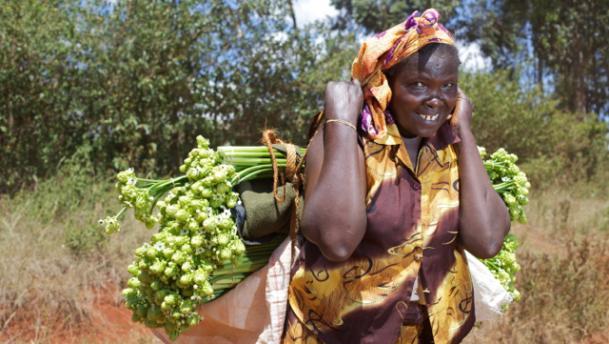
Experts at International Institute of Tropical Agriculture (IITA), the International Centre of Insect Physiology and Ecology (icipe), and Syngenta have jointly commenced efforts to enable the Kenya flower growers deal more effectively with nematode pest.
It is estimated that 17 per cent of all cut roses produced in Kenya is lost to nematodes leading to a financial deficit of about Sh2.2m per hectare. Moreover, an additional of Sh244,163 per hectare is spent each year in attempts to manage nematode pests.
“Our initiative resonates with the sector’s ambitions to solidify local and global positioning of the so-termed Kenya flower brand, amidst a range of emerging opportunities and challenges,” said Victor Juma, Business Manager East Africa, Lawn and Garden of Syngenta East Africa Limited.
However, the industry have been surviving some of these challenges such as delays in supply of fertiliser, pests and diseases to make one of the impressive performances of Sh153bn in 2018 representing 33 per cent earnings increase.
According to yesterday’s report by Kenya Flower Council, flowers in the horticulture industry made the bulk of the earnings, bringing in Sh113 billion followed by fruits at Sh112 billion then vegetables at Sh27 billion.
RELATED ARTICLE: Nyandarua farmers growing popular flowers for export
RELATED ARTICLE: New crop protection chemical tames voracious flower pests
RELATED ARTICLE: Amiran paste magically improves rose flower appeal
Flowers and nematodes
“Against this scenario, the ability of the flower industry to tackle pests proficiently is a significant component,” observed Laura Cortada-Gonzalez, soil health and nematology researcher, IITA.
While the impact of most other pests is evident, the effect of nematodes is less obvious and remains a hidden, yet real threat that reduces and compromises flower yield quality and quantity.
The activities by IITA, icipe and Syngenta to address nematodes in the flower industry started with an awareness and training session held recently at Interplant Roses East Africa Ltd in Naivasha, Kenya’s premier floriculture region
The event was attended by over 90 participants including production and farm managers, plant pathologists and agronomists from across the country.
Through practical field demonstrations, structured presentations and highly interactive discussions, the team provided background information on nematodes, for example, basic knowledge on their biology and life cycle.
The damage and symptoms caused by nematodes was also outlined: primarily that the pests infect plant roots causing direct yield loss through destruction of root tissue and by preventing water and nutrient uptake.
In addition, nematodes indirectly lead to secondary fungal or bacterial infections as a consequence of wounds caused by the pests feeding on plant roots.
Moreover, participants were enlightened on proper detection and sampling of nematodes; important information towards countering frequent misdiagnoses of damage by the pests as nutritional disorders or water stress.
Further, the presenters emphasised the wide range of plant species and plant types affected by certain species of nematodes, and the immense economic impact they are capable of causing.
















Comments powered by CComment